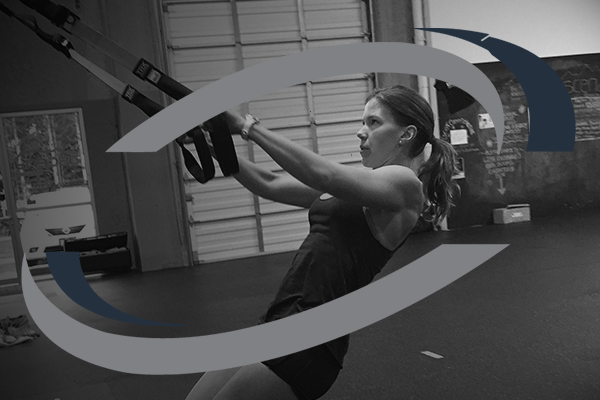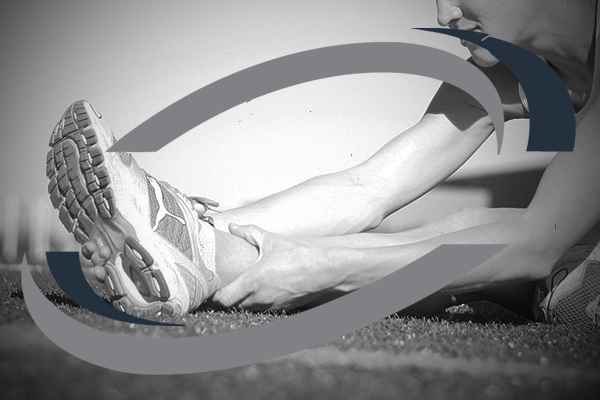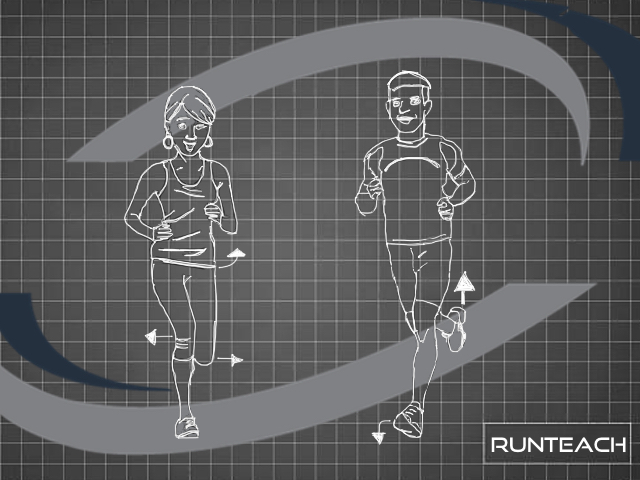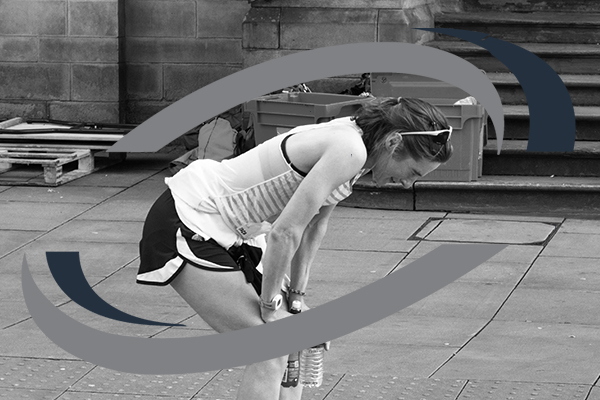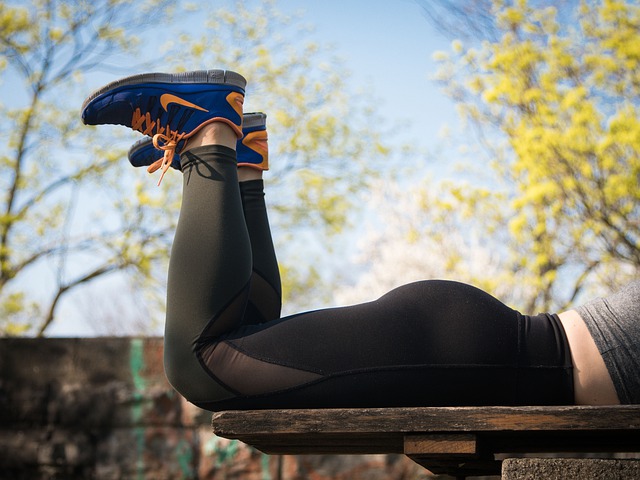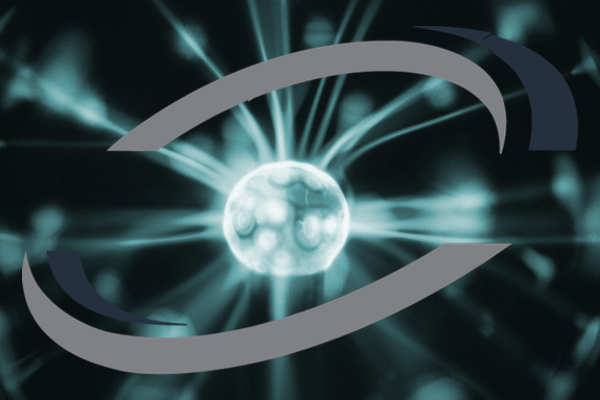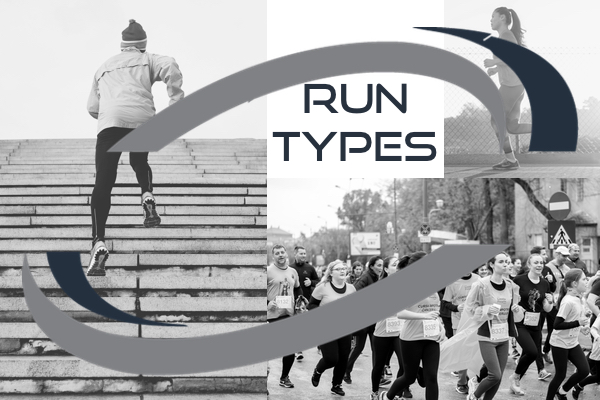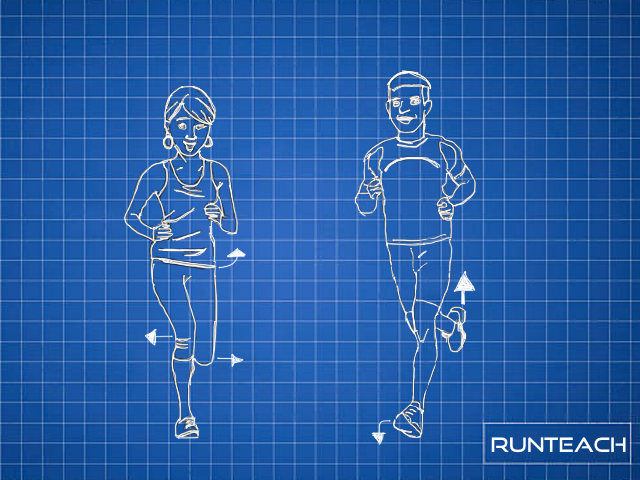Experts can be wrong!
A running expert once wrote: “a stable core is not that important for runners.”
Oh, how wrong he was!
That particular expert was on a well known running forum a couple of years ago, and was answering a question from a regular runner. Now, how much of an expert that person was I don’t really know, but they worked for the running forum and held a position of influence. These are the dangers of the Internet…
Why a Stable Core IS Important
You may not realise it, but running is more than just a forward motion activity. We actually handle forces in all planes of motion:
Source: http://www.teachpe.com
Sagittal plane: Forward and backwards movement. An example is swinging the leg from back to front.
Horizontal or transverse plane: Rotational movement. An example is twisting the trunk or pelvis.
Frontal plane: Sideways movement. An example is lifting the leg out to the side, away from the midline.
Our body is designed amazingly well, and what is even more amazing is how it has adapted from our ancestors walking on 4 four legs to modern humans walking on 2 legs.
This gave us a huge advantage in terms of evolution, as it allowed us to carry out other activities such as cooking, cutting and making and using complex tools. However, it also introduced a some large areas of instability that have required our bodies to adapt.
One of the main adaptations is the ability to control rotational forces to help with balance and forward motion – a key component to the human gait. And this is where the core comes in.
Muscular Changes
As we evolved to bipedalism (walking on 2 legs), we had to add stability so that when we stood on one leg we didn’t just fall over. You may have seen dogs standing on their back legs, but have you ever seen a clever pooch hopping on one leg?
You also won’t see any other mammals walking on 2 legs for very long, and highly unlikely to see any utilising just one leg. So what changed to enable us to do this?
Our gluteal muscles (the ones on and to the side of our buttocks) had to be positioned differently. If you look at an ape or monkey, you will notice that they have big, strong buttock muscles, but these muscles are mainly rear facing. This provides them with a lot power to propel them forwards, but they need to be on all fours to do this.
Humans, on the other hand, have less powerful (and smaller) rear-facing buttock muscles, but we have the addition of side-facing buttock muscles. It is these side-facing muscles that provide that stability for us to stand on one leg. They don’t work alone, though, and in fact work together with the other gluteal, abdominal, and pelvic floor muscles to form our core.
There were a number of other changes, muscularly and structurally (pelvic design etc), that allow us to walk upright, but we are concentrating on this one area in this post.
Twist to Run
The human gait is a very complex set of movements, so I’ll just keep this at an easy level so we can understand the role of the core.
As we take a step forward with our left foot, our pelvis rotates towards the right. In order to counter this lower body movement, our upper body rotates towards the left. Go and try this now to get a feel for it.
If you walked gently, the movement was probably quite small and subtle. If, however, you walked vigorously or ran, the rotational movements were likely to be more noticeable.
This rotation is perfectly normal and we need to have it to facilitate our forward (or backward) motion. Now try walking without rotating and see how far or fast you go. Hard isn’t it?
So, if we need this motion, why do we need to work our core – isn’t the motion happening anyway?
Slings and Roundabouts
Where we handle the rotational forces is important for both efficiency and injury risk. Research and thinking into how our body moves has changed a lot in the last couple of decades. We are fast moving away from the idea of a segmented body where muscles work in isolation. Instead, we are now accepting that everything is connected and there is a continuous layer under our skin called fascia that creates this connection from head to toe. If there is a kink anywhere in the fascia, it can influence the efficiency and load handling elsewhere in the chain.
The picture above shows just two areas of this connective tissue (fascia): the anterior (frontal) oblique sling and the posterior (back) oblique sling.
These two slings are named as slings because they crossover the two sides of the body in a sling-like fashion – a good name I think.
You will see from the images that the posterior sling encompass the IT Band, gluteal and other hip muscles, and some of the muscles of the back. The anterior sling crosses the abdominals, hip and quad areas.
If, for example, the glutes aren’t activating and helping to stabilise the rotation during walking or running, some of that rotational movement will be handled by the shoulders. You may have experienced (or know someone who does) shoulder pain after a certain mileage. A lack of activation in one or more areas further down the chain can be a cause of this.
So the main message is that we must activate and strengthen these slings to help reduce injury risk and to improve efficiency and performance.
Control Yourself!
The more control you can gain over your stability as your body is subjected to rotational forces, the stiffer a spring you can make. And, just like a watch mechanism, if the spring is stiff it will better store the rotational energy ready to return it when it is sprung.
Now here’s a question: looking at the slings above, do you think traditional core exercises like crunches and situps will achieve what we want?
Sure, they will help to a degree, but they aren’t going to challenge any rotational movements. So what exercises will?
You’ll need to wait until the next post for that, but a good start is to look up the Pallof Press and its many variations.
Chris O’Brien
RunTeach Founder

